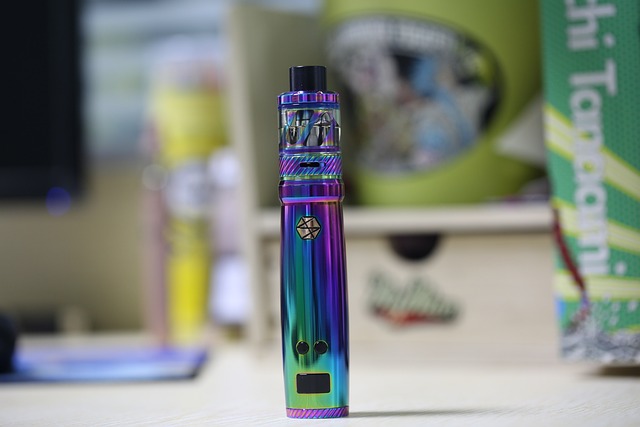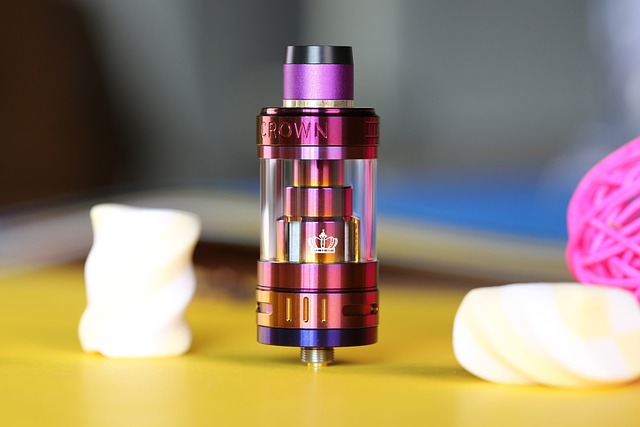/ CSS Styles /
body {
font-family: Arial, sans-serif;
line-height: 1.6;
padding: 20px;
background-color: f4f4f4;
}
h2 {
color: 333;
margin-top: 20px;
margin-bottom: 10px;
}
table {
width: 100%;
border-collapse: collapse;
margin: 20px 0;
box-shadow: 0 0 20px rgba(0,0,0,0.1);
}
th, td {
padding: 12px 15px;
text-align: left;
border-bottom: 1px solid ddd;
}
th {
background-color: 4CAF50;
color: white;
}
tr:nth-child(even) {
background-color: f2f2f2;
}
tr:hover {
background-color: ddd;
}
Introduction
The landscape of electronic cigarette devices and accessories has seen significant transformation over the past few years. As vaping culture proliferates, the market for various products, particularly carts or cartridges, is becoming increasingly competitive. This article aims to elucidate the current pricing trends for carts across different markets, revealing how factors such as location, supply chain dynamics, and brand positioning influence consumer prices. An understanding of these trends is critical for manufacturers, retailers, and consumers alike, as they navigate an evolving industry characterized by rapid innovation and shifting regulatory frameworks.
Understanding Carts: A Brief Overview
Carts, or cartridges, hold a central position in the vaping market. They serve as the vessel for e-liquid and come in various forms, including pre-filled and refillable options. The characteristics of these products—such as material, design, and capacity—can greatly influence their price points. A detailed understanding of these products strengthens comprehension of pricing trends.
Market Segmentation and Pricing Analysis
When examining the pricing of carts, it’s essential to segment the market. Regions like North America, Europe, and Asia exhibit distinct purchasing behaviors and regulatory environments that impact price structures.
North America: High Demand and Price Variability
In the North American market, carts experienced a surge in demand, primarily due to the growing acceptance of vaping as an alternative to traditional smoking. This demand, however, comes with a significant price range often dictated by brand reputation and quality. For instance, premium brands may charge more, reflecting their marketing and production costs.
| Brand | Type | Price Range (USD) |
|---|---|---|
| Brand A | Pre-filled | $20 – $40 |
| Brand B | Refillable | $15 – $30 |
| Brand C | নিষ্পত্তিযোগ্য | $10 – $25 |
Europe: Regulatory Influence on Pricing
The European market is influenced heavily by stringent regulations which affect the pricing structure of carts. Compliance with the Tobacco Products Directive adds to the cost of cart production, necessitating retail prices that sometimes exceed those in North America. Many European consumers are willing to pay a premium for products that ensure higher quality and safety.
Asia: Emerging Markets and Competitive Pricing
Asia, particularly in countries like China and Japan, is witnessing a burgeoning interest in vaping products. The competitive landscape leads to lower pricing for carts; however, product quality can vary widely. Consumers in this region often prioritize affordability over brand loyalty, resulting in a diverse range of low-priced cart options flooding the market.
Factors Affecting Cart Pricing
Several factors play a role in determining cart prices across different regions:
- Production Cost: Labor, manufacturing processes, and material costs differ worldwide.
- Regulatory Costs: Compliance with local laws regarding safety and quality.
- Brand Loyalty: Established brands can command higher prices due to consumer trust.
- Import Tariffs and Taxes: International markets can see price fluctuations based on government policies.

Market Case Studies: Price Comparisons
To illustrate the impact of regional factors on cart pricing, consider two contrasting case studies. The following table summarizes key differences:
| Region | Brand | Average Price (USD) |
|---|---|---|
| North America | Brand A | $30 |
| Europe | Brand D | $35 |
| Asia | Brand E | $15 |
Environmental Impact and Sustainability Trends
The current trend towards sustainability is influencing cart prices significantly. Consumers are becoming more environmentally conscious, pushing brands to invest in greener production techniques. This shift can lead to higher costs upfront, affecting retail prices across the board.
The Role of Technology in Cart Pricing
Technological advancements in manufacturing processes are playing a pivotal role in pricing trends. Improved efficiency can lead to reduced production costs, allowing brands to either improve margins or lower prices to attract more consumers. The integration of smart technology into vaping devices may also produce premium-priced carts that offer enhanced user experience.
Consumer Behavior and Price Sensitivity
Understanding consumer behavior is essential for predicting pricing trends. Studies indicate that while some consumers are willing to pay more for premium features, others gravitate towards value-oriented options, creating a bifurcated market. Brand perception, quality trust, and product uniqueness significantly influence purchasing decisions.
Future Trends and Predictions
As the vaping industry evolves, predicting future pricing trends becomes paramount. Several factors, including technological innovation, regulatory changes, and shifts in consumer preferences, will continue to shape the market landscape. Analysts suggest that we may observe increasing price segmentation as brands cater to both high-end and budget-conscious consumers.
প্রায়শই জিজ্ঞাসিত প্রশ্ন
What factors contribute the most to the price of vaping carts?
Several elements such as production costs, regulatory compliance, brand quality, and regional market conditions largely determine cart pricing. Premium features often translate to higher prices as well.
How does the location impact cart pricing?
Location influences cart pricing through local market conditions, legal restrictions, supply chain costs, and consumer behavior. For example, regulatory costs in Europe typically lead to higher prices compared to other regions.
Are there significant differences between pre-filled and refillable carts in pricing?
Yes, pre-filled carts often command higher prices due to convenience and brand specificity, whereas refillable carts may be more economically priced as they can be reused with different e-liquids. তবে, initial investment costs for refillable options may be higher.





